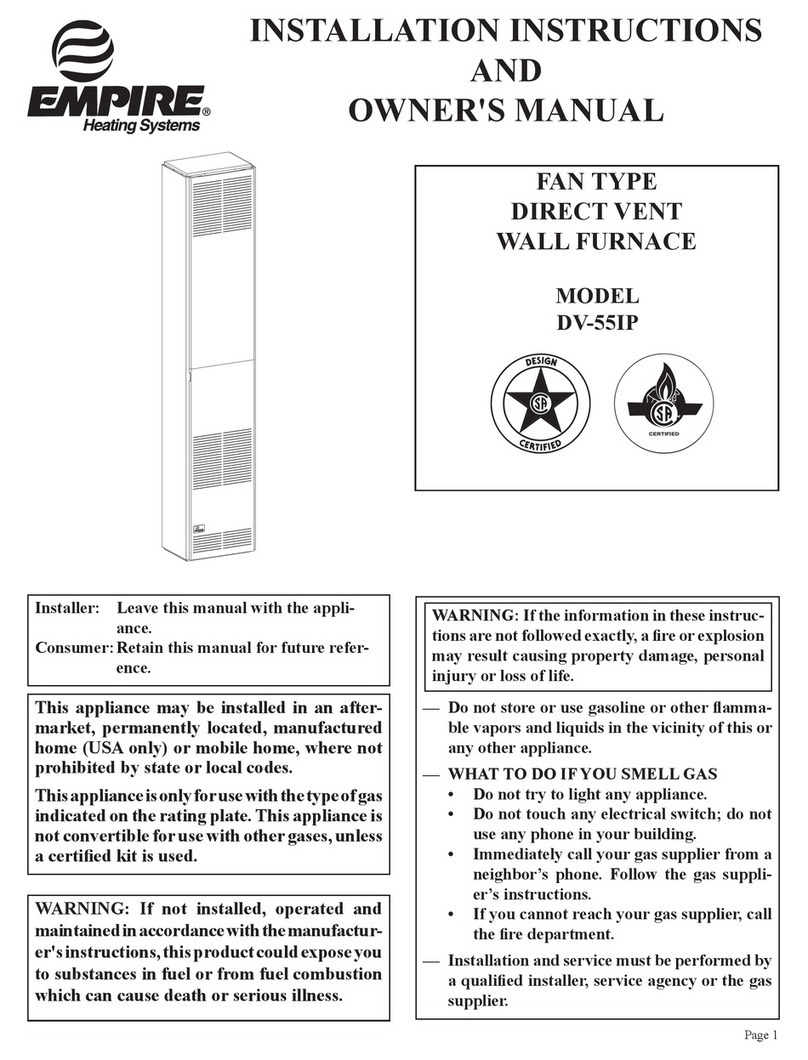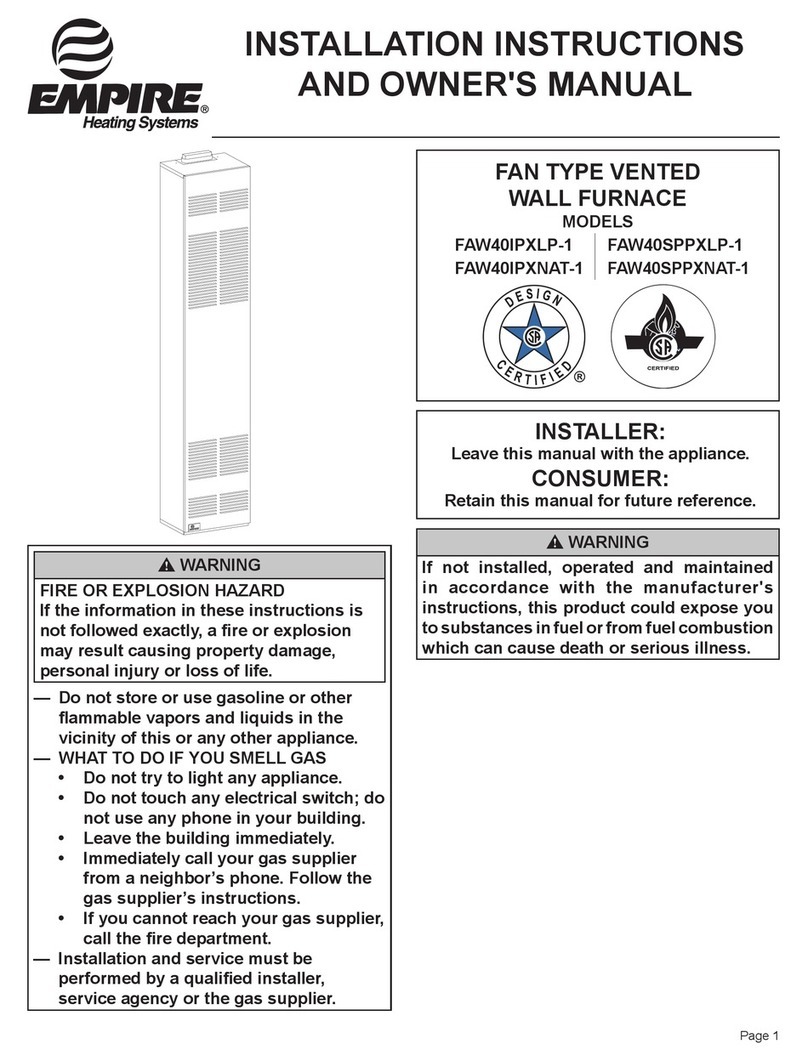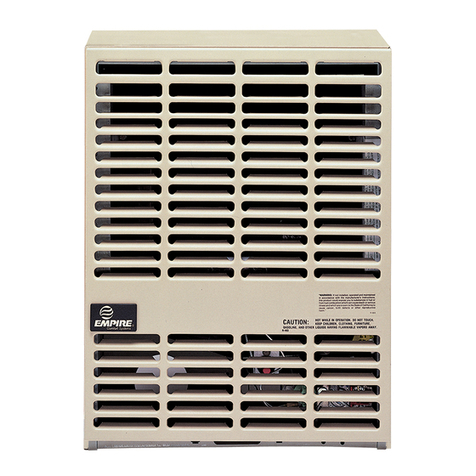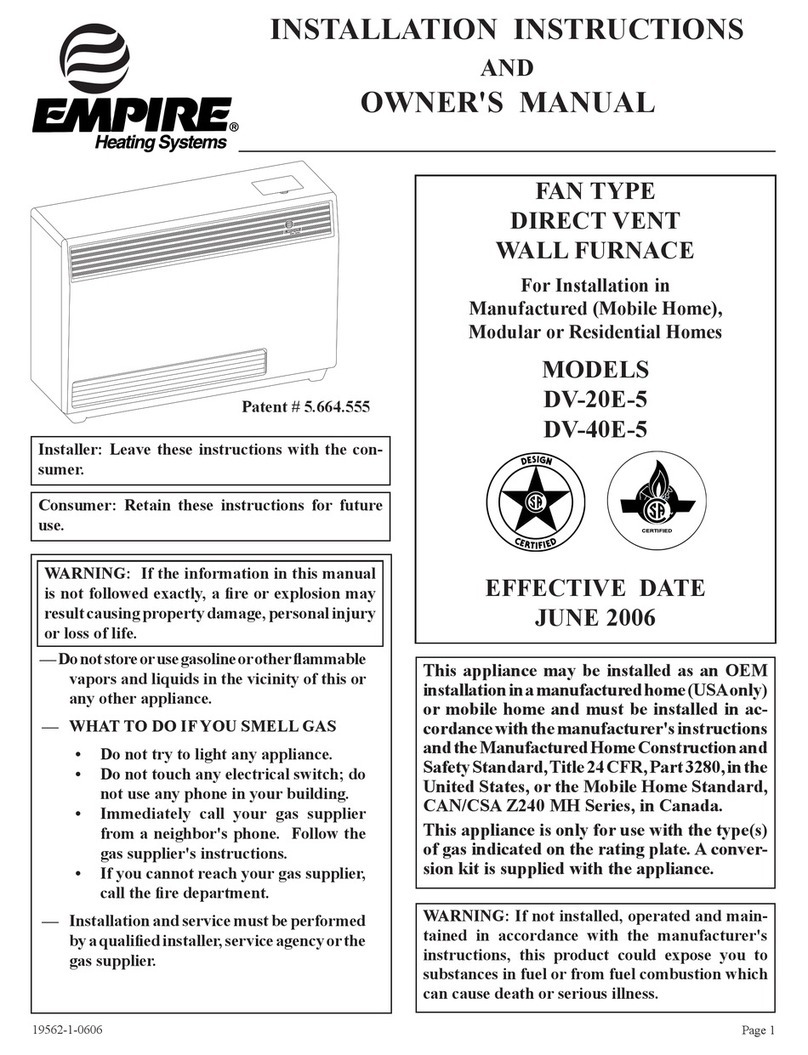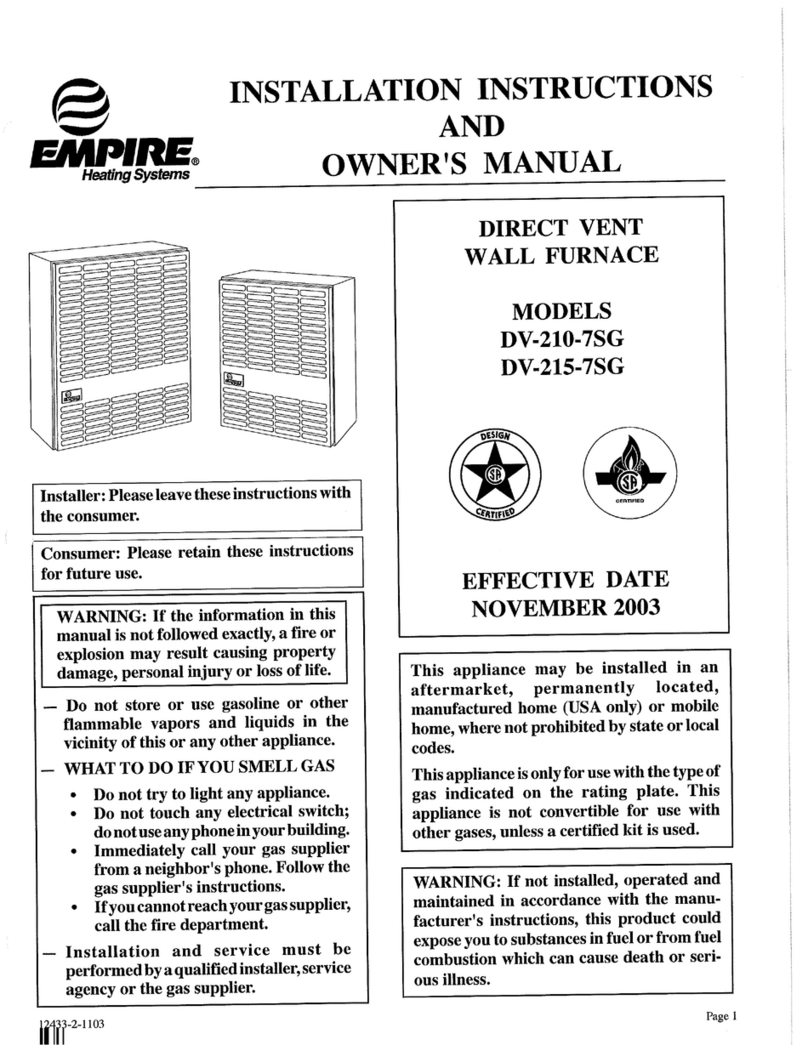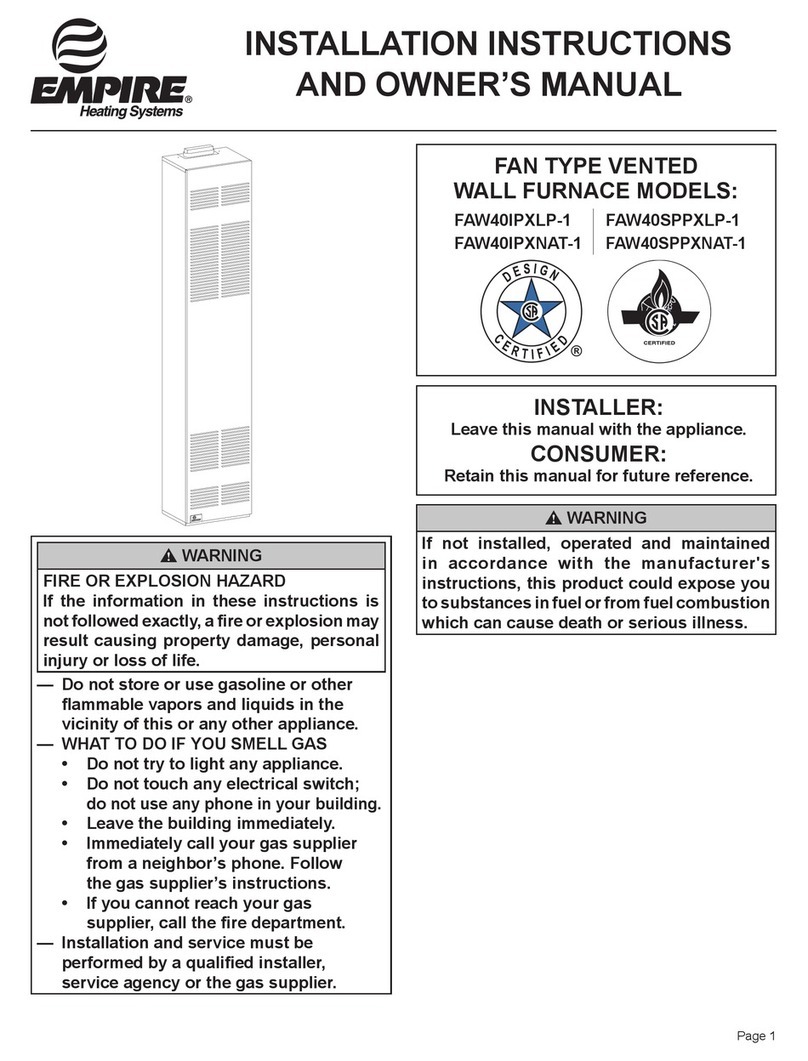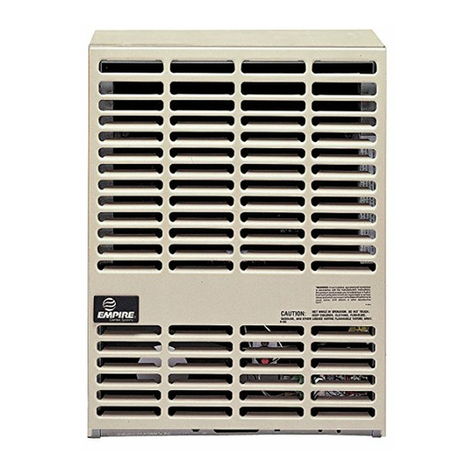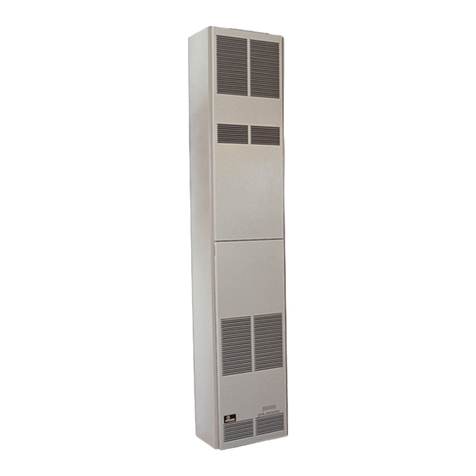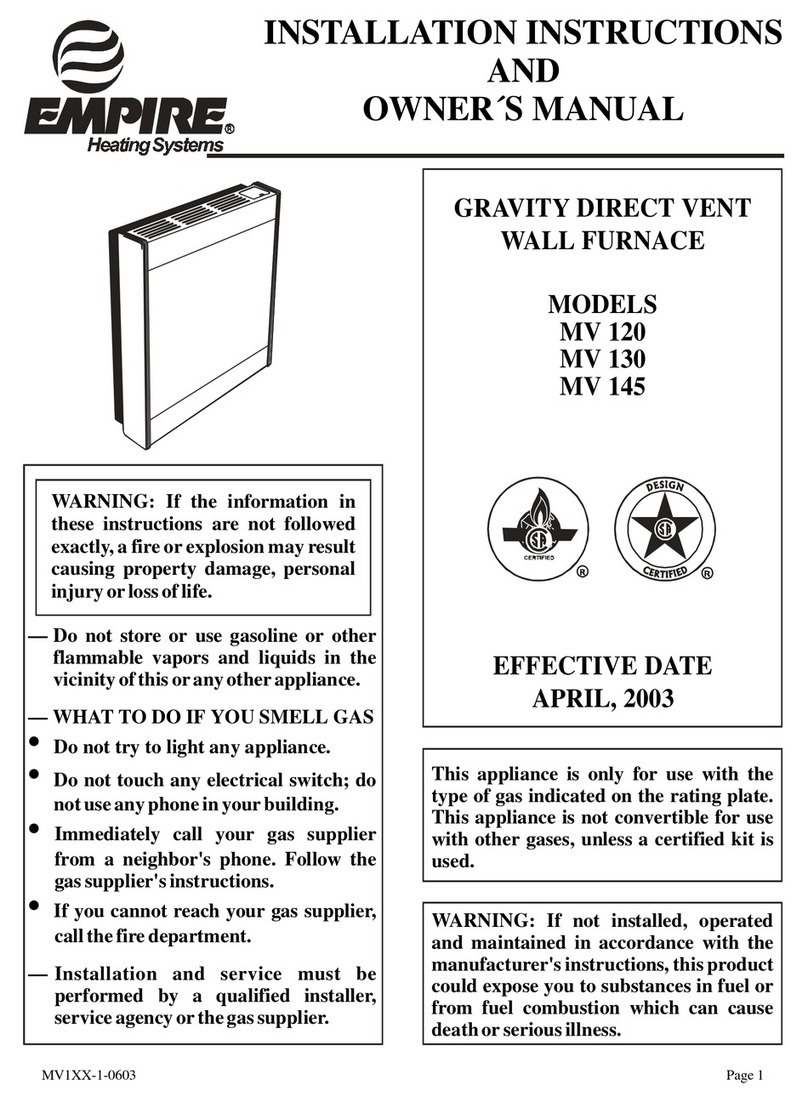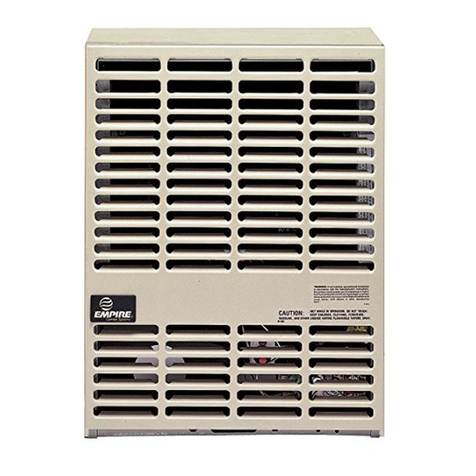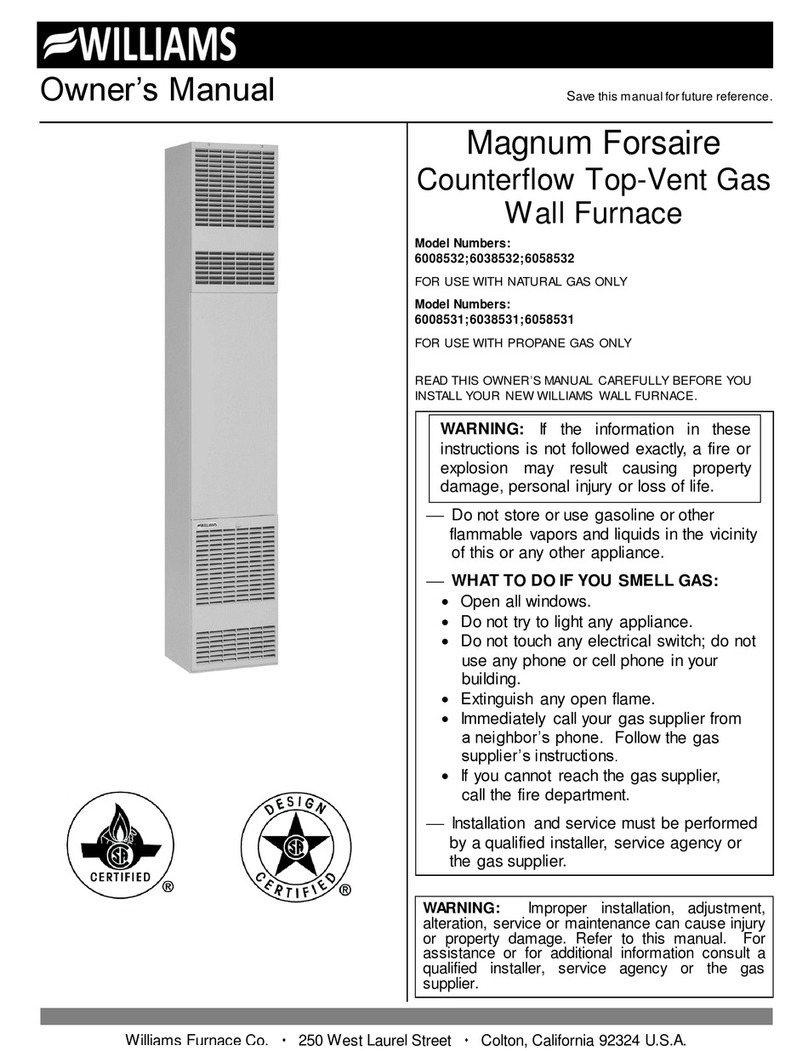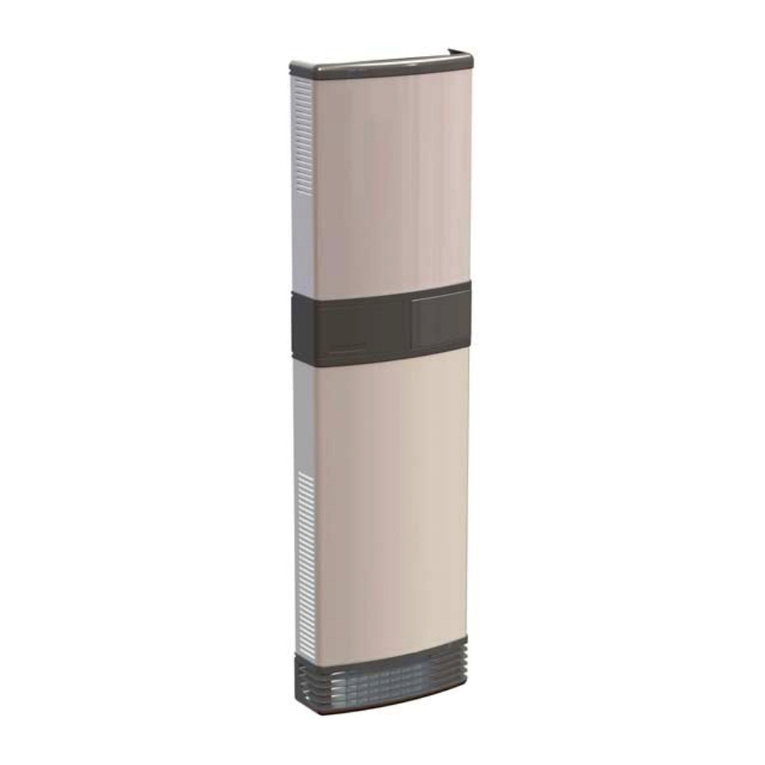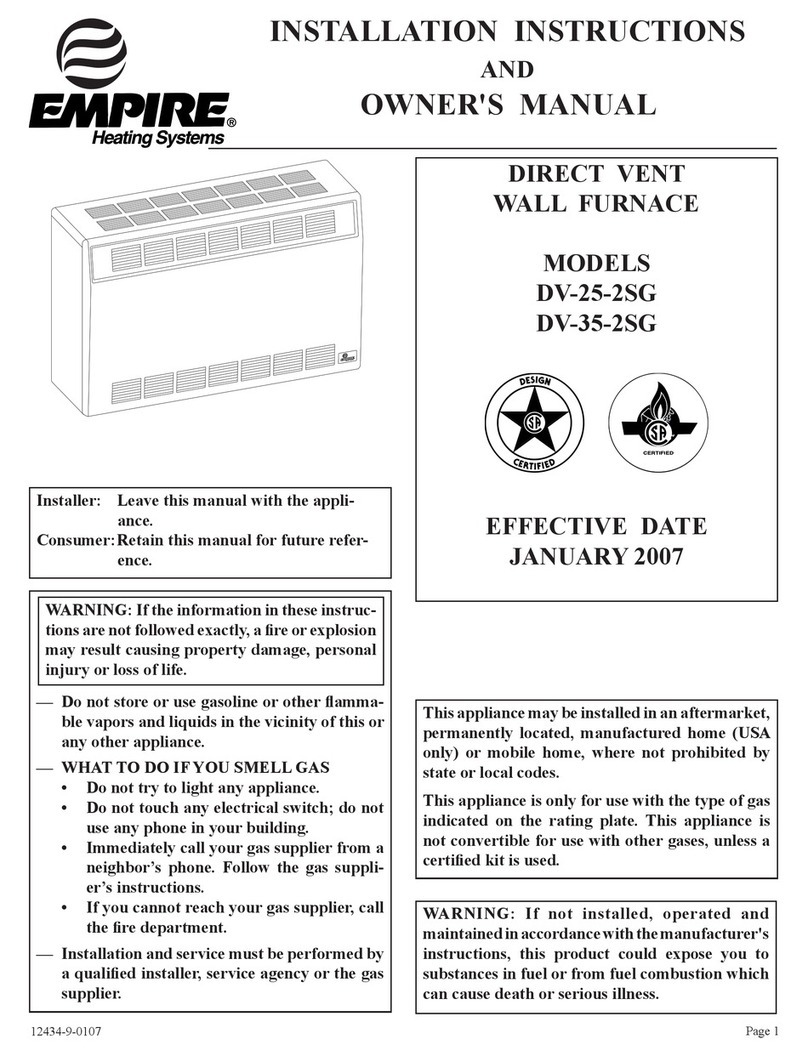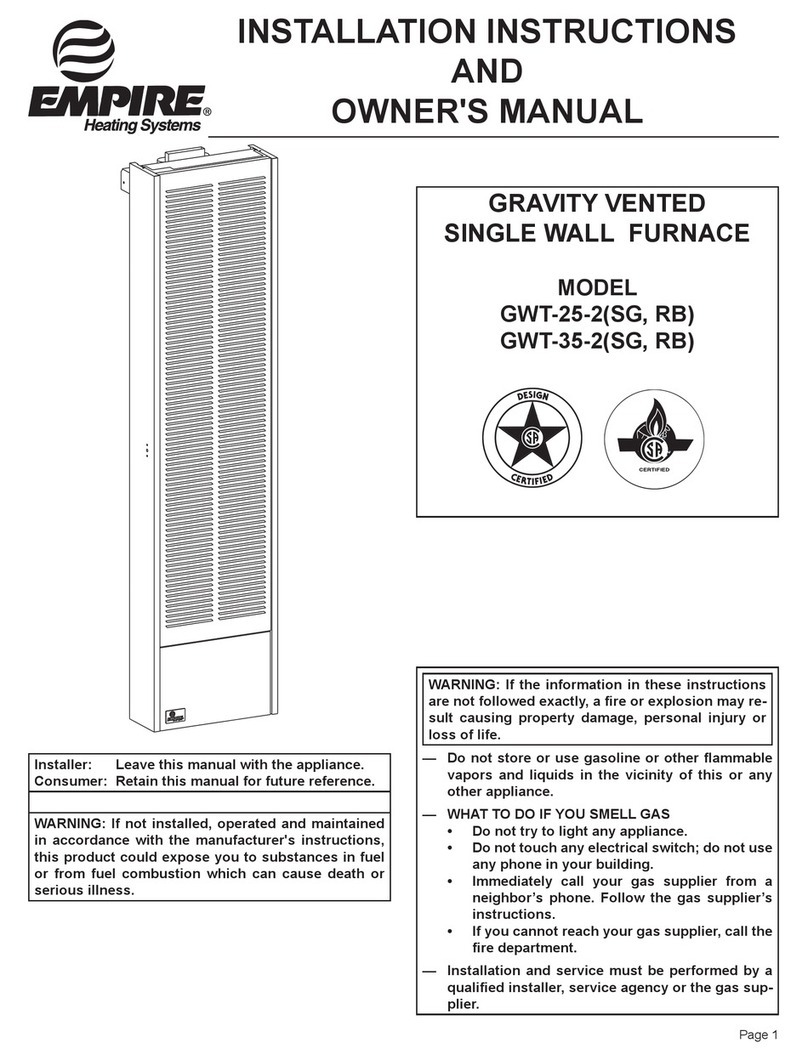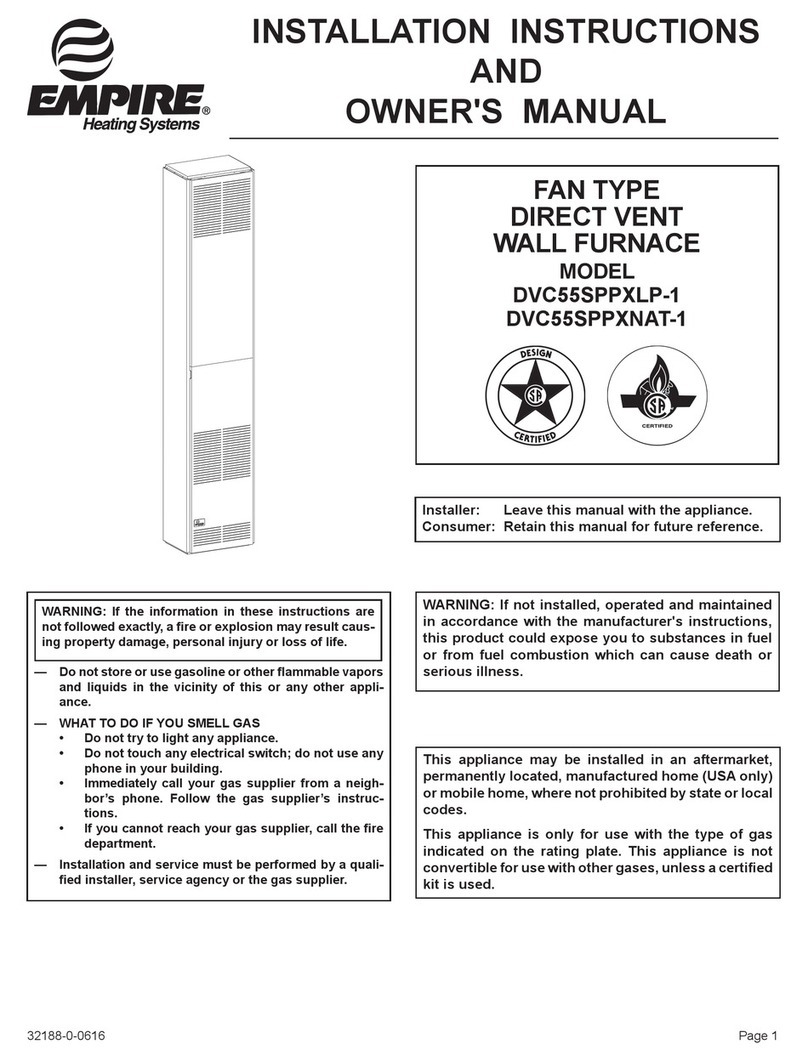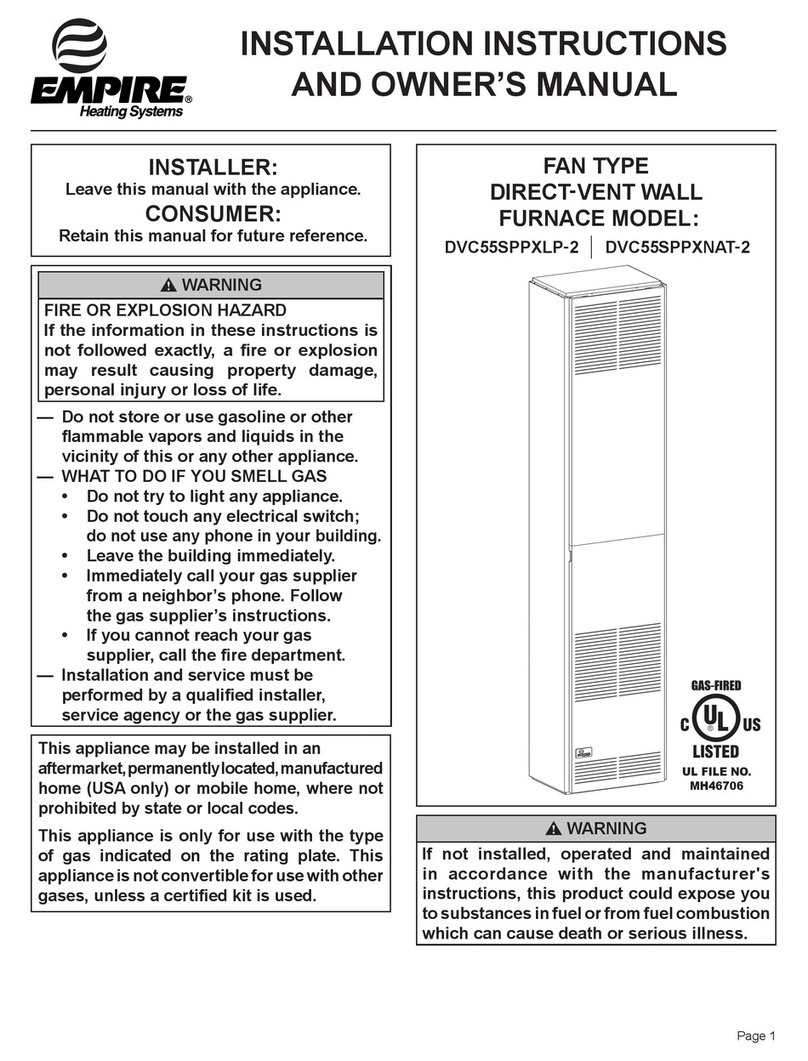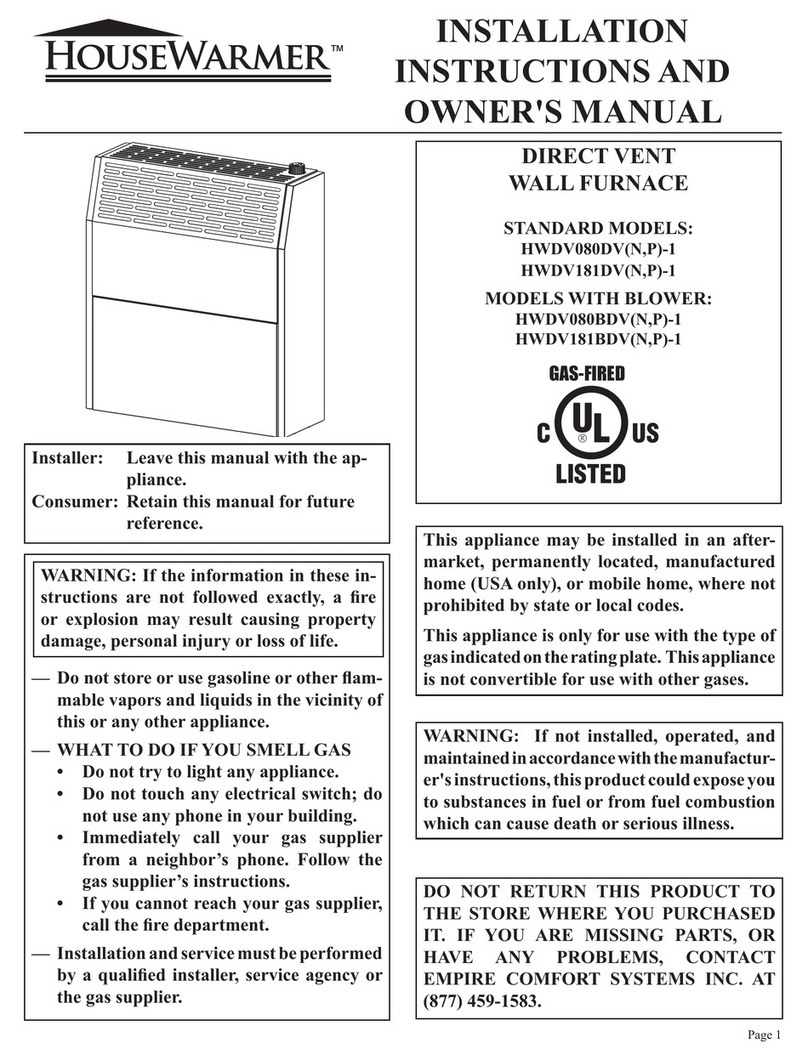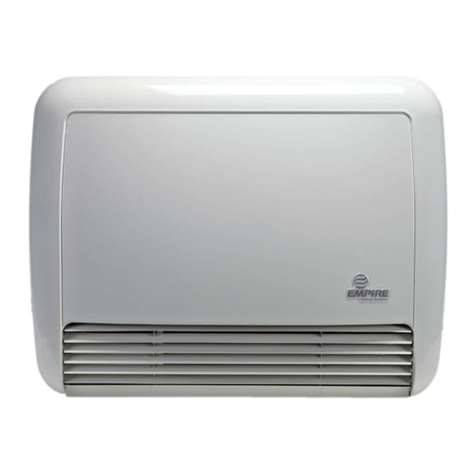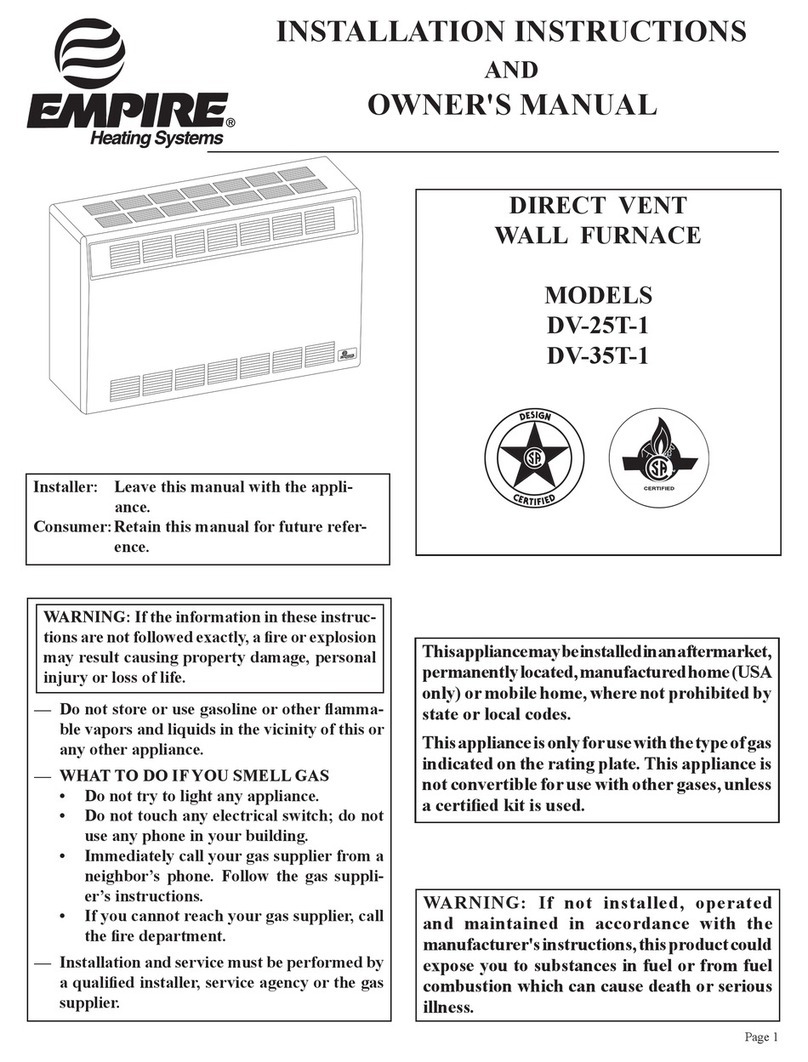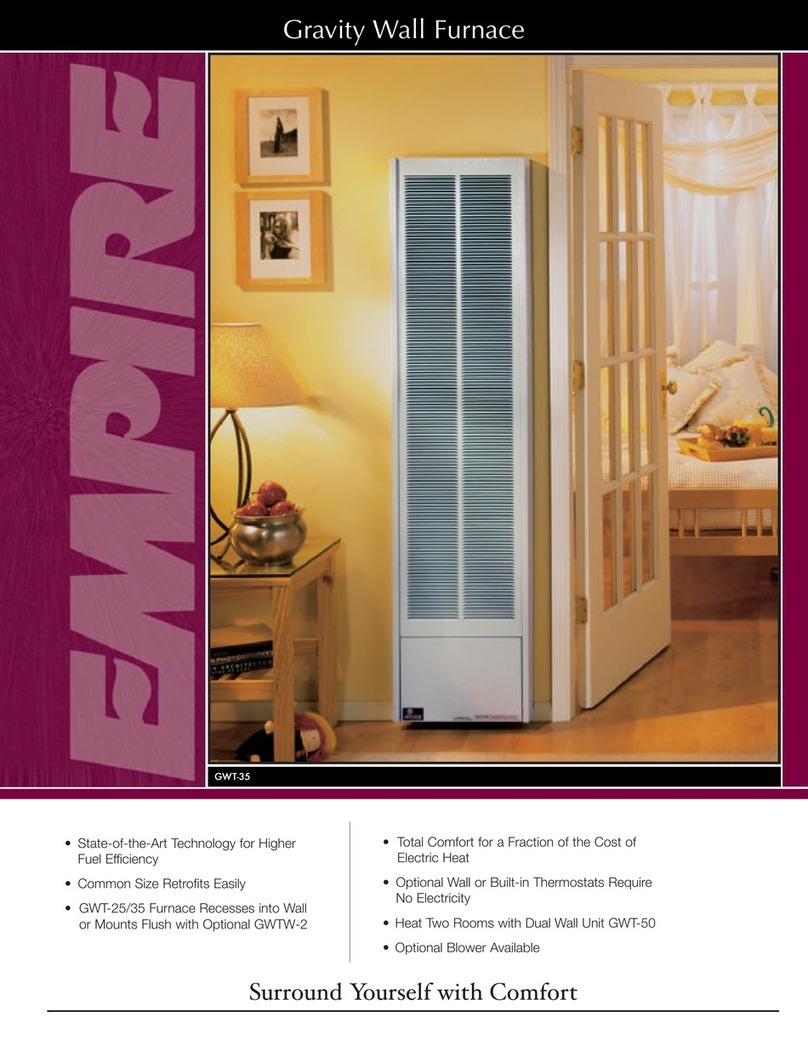
R-2070 Page 3
Some people cannot smell well. Some people cannot smell
the odor of the chemical stench put into the gas. You must
findoutifyoucansmelltheodorantinpropane. Smokingcan
decrease your ability to smell. Being around an odor for a time
can affect your sensitivity or ability to detect that odor. Some-
times other odors in the area mask the gas odor. People may not
smell the gas odor or their minds are on something else. Think-
ing about smelling a gas odor can make it easier to smell.
The odorant in LP-gas is colorless, and it can fade under
some circumstances. For example, if there is an underground
leak,themovementofthegas through soilcanfiltertheodorant.
Odorants in LP-Gas also are subject to oxidation. This fading
by point with the members of your household. Someday
whentheremaynotbeaminutetolose,everyone'ssafetywill
depend on knowing exactly what to do. If, after reading the
followinginformation,you feelyoustill needmoreinforma-
tion, please contact your gas supplier.
Propane (LP-Gas) is a flammable gas which can cause fires
and explosions. In its natural state, propane is odorless and
colorless. Youmaynotknowallthefollowingsafetyprecau-
tions which can protect both you and your family from an
accident. Read them carefully now, then review them point
can occur if there is rust inside the storage tank or in iron gas
pipes.
The odorant in escaped gas can adsorb or absorb onto or into
walls, masonry and other materials and fabrics in a room. That
will take some of the odorant out of the gas, reducing its odor
intensity.
LP-Gasmaystratifyinaclosedarea,andtheodorintensitycould
varyat different levels. Sinceit isheavier thanair, there maybe
more odor at lower levels. Always be sensitive to the slightest
gas odor. If you detect any odor, treat it as a serious leak.
Immediately go into action as instructed earlier.
•LearntorecognizetheodorofLP-gas. YourlocalLP-Gas
Dealer can give you a "Scratch and Sniff" pamphlet. Use it
to find out what the propane odor smells like. If you suspect
thatyourLP-Gas hasaweakor abnormalodor,call your LP-
Gas Dealer.
• If you are not qualified, do not light pilot lights, perform
service, or make adjustments to appliances on the LP-Gas
system. Ifyouarequalified,consciouslythinkabouttheodor
ofLP-Gas priorto andwhile lightingpilot lightsor perform-
ing service or making adjustments.
• Sometimes a basement or a closed-up house has a musty
smell that can cover up the LP-Gas odor. Do not try to light
pilot lights, perform service, or make adjustments in an area
where the conditions are such that you may not detect the
odor if there has been a leak of LP-Gas.
• Odor fade, due to oxidation by rust or adsorption on walls of
new cylinders and tanks, is possible. Therefore, people
should be particularly alert and careful when new tanks or
cylinders are placed in service. Odor fade can occur in new
tanks, or reinstalled old tanks, if they are filled and allowed
to set too long before refilling. Cylinders and tanks which
have been out of service for a time may develop internal rust
whichwill cause odorfade. If suchconditions aresuspected
to exist, a periodic sniff test of the gas is advisable. If you
have any question about the gas odor, call your LP-gas
dealer. Aperiodic snifftestof theLP-gas isagood safety
measure under any condition.
• If, at any time, you do not smell the LP-Gas odorant and you
think you should, assume you have a leak. Then take the
sameimmediateactionrecommendedabovefortheoccasion
when you do detect the odorized LP-Gas.
• If you experience a complete "gas out," (the container is
under no vapor pressure), turn the tank valve off immedi-
ately. Ifthecontainervalveislefton,thecontainermaydraw
in some air through openings such as pilot light orifices. If
this occurs, some new internal rusting could occur. If the
valve is left open, then treat the container as a new tank.
Always be sure your container is under vapor pressure by
turningitoffatthecontainerbeforeitgoescompletelyempty
or having it refilled before it is completely empty.
SAFETY INFORMATION FOR USERS OF LP-GAS
• Do not operate electric switches, light matches, use your
phone. Do not do anything that could ignite the gas.
• Geteveryoneoutofthebuilding,vehicle,trailer,orarea. Do
that IMMEDIATELY.
• Close all gas tank or cylinder supply valves.
• LP-Gas is heavier than air and may settle in low areas such
as basements. When you have reason to suspect a gas leak,
keep out of basements and other low areas. Stay out until
firefighters declare them to be safe.
• Useyourneighbor'sphoneandcallatrainedLP-Gasservice
person and the fire department. Even though you may not
continue to smell gas, do not turn on the gas again. Do not
re-enter the building, vehicle, trailer, or area.
•Finally, let the service man and firefighters check for
escaped gas. Have them air out the area before you return.
Properly trained LP-Gas service people should repair the
leak, then check and relight the gas appliance for you.
SOME POINTS TO REMEMBER
NO ODOR DETECTED - ODOR FADE
LP-GAS WARNING ODOR
If a gas leak happens, you should be able to smell the gas because of the odorant put in the LP-Gas.
That's your signal to go into immediate action!
